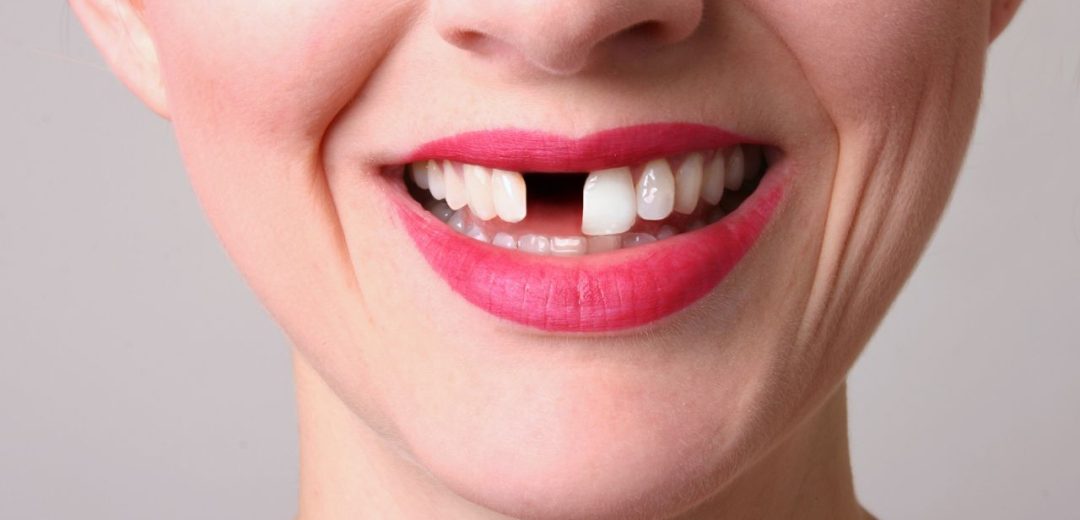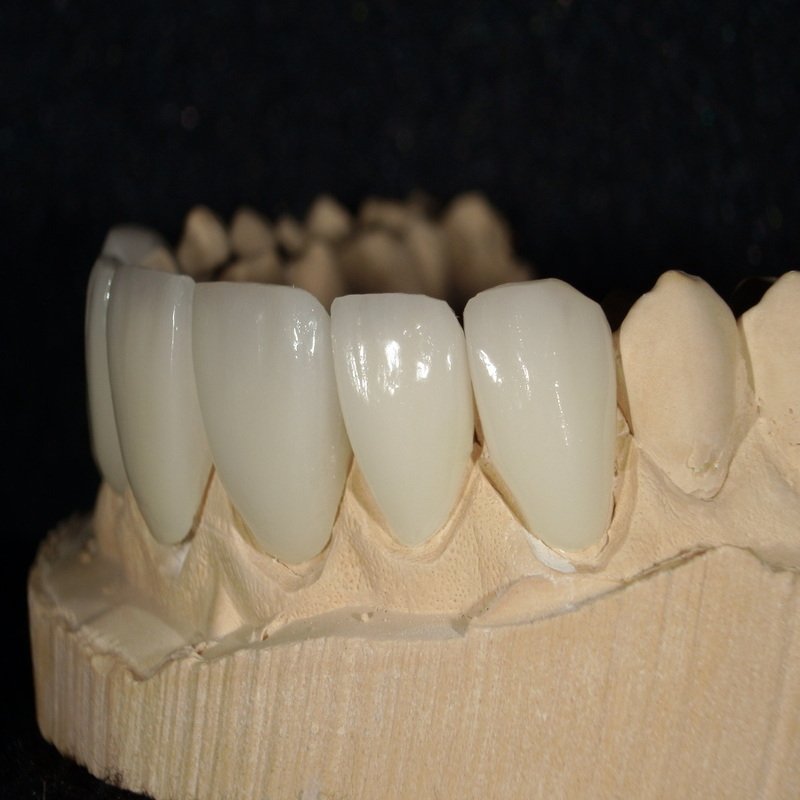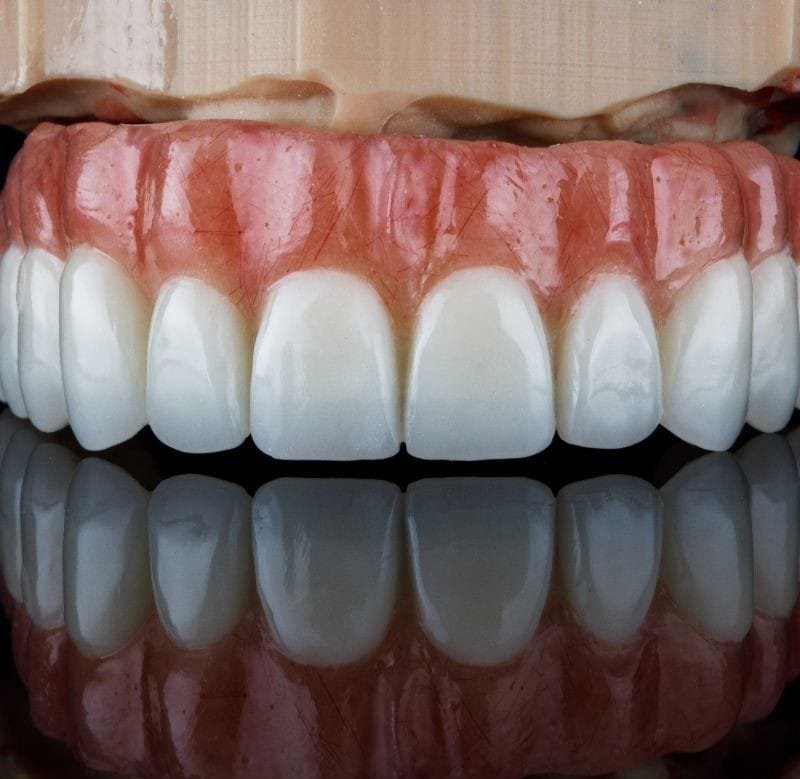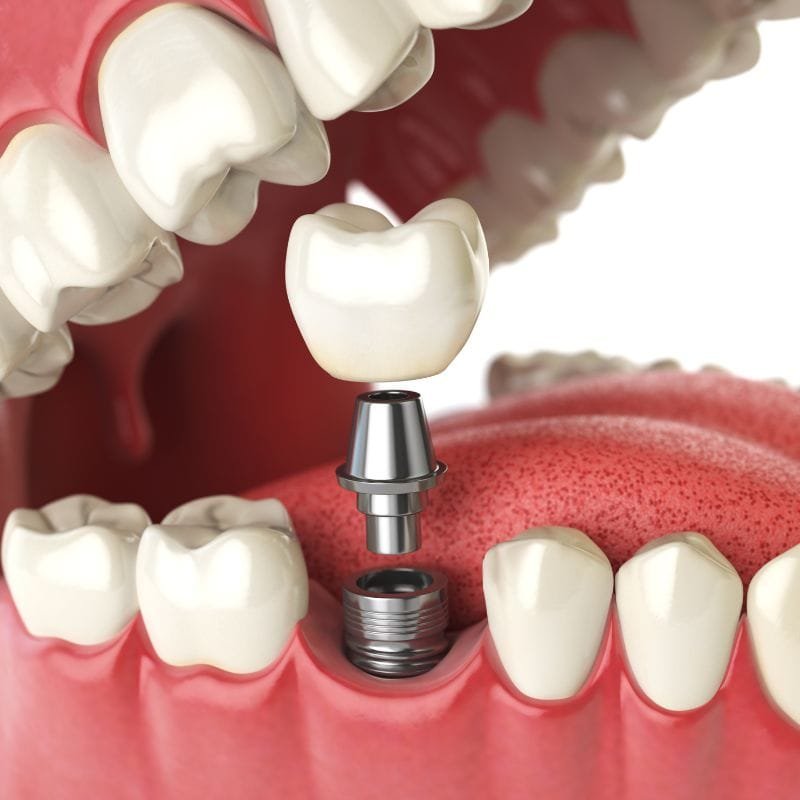How Can You Pull Out Tooth Loose By Yourself?
Pull out tooth: Unexpected things happen constantly, and knowing how to pull out tooth might be useful at some point. Whether your son or daughter suddenly goes to you crying about their loose tooth or whether you find yourself one morning with pain in your mouth.
Teeth can become loose for different reasons. As you may already know, it’s normal for children to lose a few of their baby teeth, and many parents tend to help their children pull them out because it’s easy and tends to be relatively painless.
However, if you’re an adult trying to pull out one of your teeth, I’m sad to inform you that it’ll be a bit more complicated.
Well, no, it will be a lot more complicated. Stick around to see why.
How Can You Pull Out Tooth Without Pain?
I’d be lying if I said there was no way to pull out tooth without pain, but you might not feel entirely satisfied with the answer. Let’s begin with:
Children
Dentists recommend not pulling out baby teeth because they are important in guiding adult teeth into place and are a key factor in developing the jaw and other facial tissues.
If you perform a tooth extraction too early, it can result in crooked adult teeth and other dental issues later on. So how can you know if it’s the right time? Simply put, if your child has discomfort when they touch their tooth, then it means that the underlying roots may not be fully dissolved enough to remove it safely.
If you are confident it’s the right time to tackle that tooth, there are safe and fun ways to pull out a tooth that might make the process easier for your kid. Usually, you should follow these steps:
1- Loosen up the tooth
Luckily, there are a few ways to loosen up the tooth and hopefully have it fall out. You can encourage your child to jiggle the loose tooth using their tongue or fingers. If they wiggle it all day long, the tooth might fall out.
You can also give your child some crunchy and hard snacks or foods to chew on, such as apples, carrots, and celery, which will provoke the tooth to fall out. However, be sure it isn’t causing your child any discomfort or harming their gums.
2- Use an analgesic
An oral analgesic can be a lifesaver. You can numb the area if moving the loose tooth causes discomfort or if your child is particularly nervous about having their loose teeth pulled.
3- Dental floss
This is a popular way to pull out teeth. You might have even seen it in movies. This technique consists in placing the floss between the loose tooth and the adjacent tooth. Curving the floss at the bottom of the loose tooth and doing a back-and-forth motion.
4- Hold the tooth with a sterile gauze
If there’s no pain and the tooth is ready to pull out, you can keep it in place with sterile gauze and twist it. Next, twist the loose tooth back and forth from left to right to remove any remaining tissue that holds the tooth and gum together.
5- Go to the dentist!
Sometimes, it is okay to give up. If the tooth is causing discomfort or not coming out, don’t force it. Visit us, so that we can safely and painlessly remove it.

Adults
Adult teeth are nothing like baby teeth, and they’re permanent. The set of teeth you have when you become an adult is the set of teeth that will stay with you forever. So, pulling them out is a much bigger deal than baby teeth.
They’re deeply rooted in your jaw and gums, so if you’re looking at how to pull out a tooth that isn’t loose, you’ll have to know about its consequences. Who wouldn’t want to be able to pull out their teeth? For instance, a wisdom tooth.
Wisdom teeth don’t go easy on you, and more than one person has probably wondered, “can you pull out a wisdom tooth and end this misery?” I’m right there with you. Unlike baby teeth, adult teeth usually go loose because of more complicated.
Issues like:
- Gum disease, often known as periodontitis, is an infection and inflammation of the gums. It can result from inadequate dental hygiene.
- Pregnancy: during pregnancy, increased amounts of estrogen and progesterone can damage the mouth’s bones and tissues.
- Injury: For example, teeth and surrounding tissue can be damaged by a blow to the face or a car accident. Chipped or loose teeth are possible outcomes.
- Osteoporosis is a condition in which your bones become porous and fragile. As a result, even little hits and bumps might result in broken bones.
Generally, you can pull out your tooth when your gums are severely affected by gum disease to the point where your teeth could fall out on their own. When dealing with a loose tooth, you must be careful when pulling it out.
Remember, many nerves are attached to your tooth; you wouldn’t want to break your tooth. The pain level vastly differs between pulling out baby vs. adult teeth. Oral anesthesia might not be enough if something goes wrong when extracting your tooth.
Why Is It Necessary to Visit the Dentist for Extractions?
If you take a tooth out on your own, you’ll end up with an open wound and an infection.
Adult teeth are nearly often lost when there is a bigger underlying problem with your mouth and teeth. Removing that tooth may temporarily reduce pain, infection, and decay, typically spreading throughout your mouth. So it won’t simply end there.
Tooth extraction can be painful, so we strongly advise you to consult a dentist before pulling your tooth. Dental treatment may be able to help you save and maintain your teeth. Losing teeth is never a pleasant experience and can be costly in the long run.


